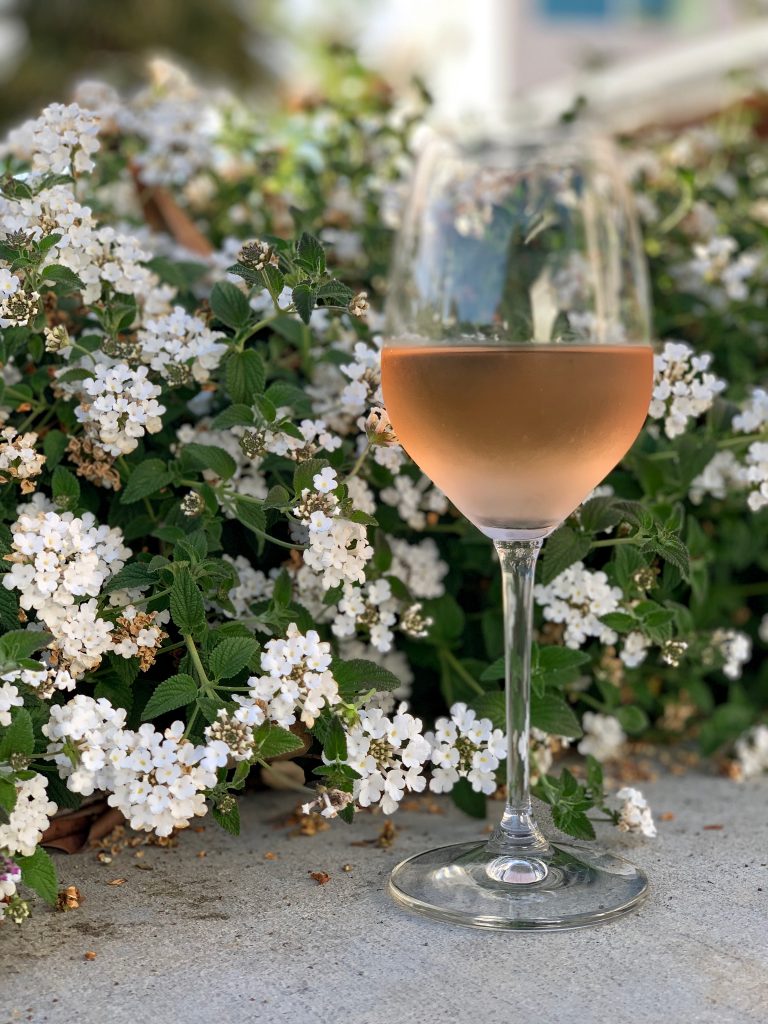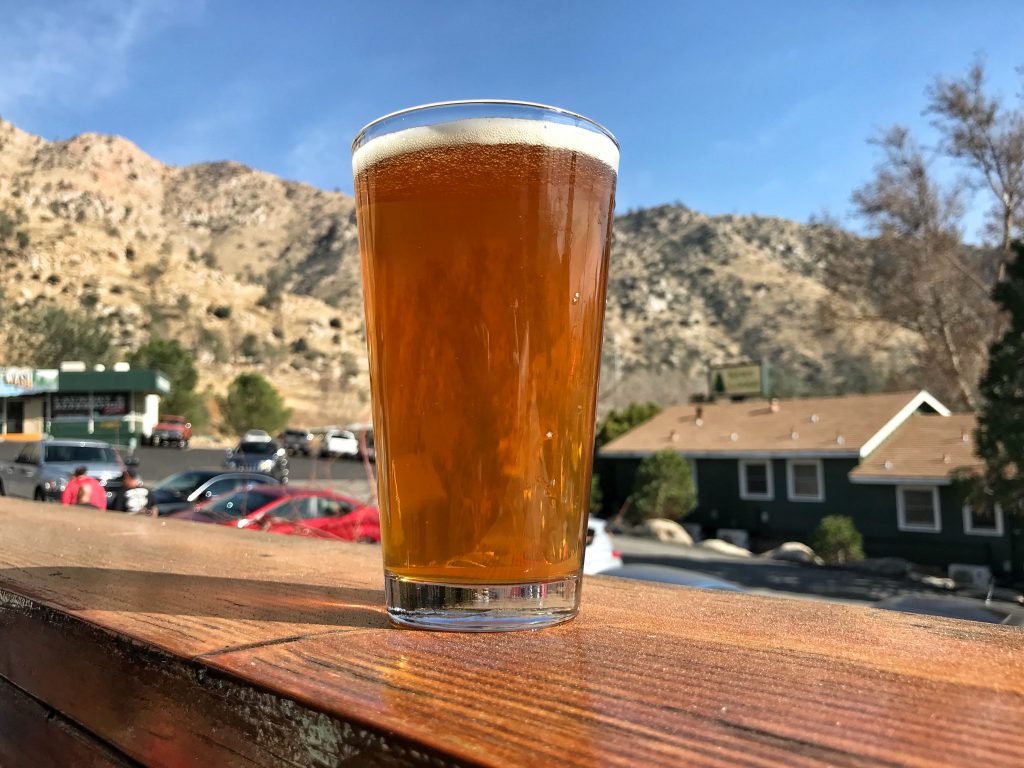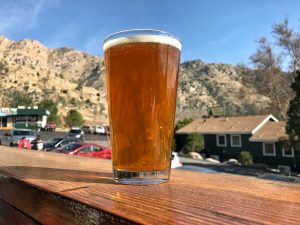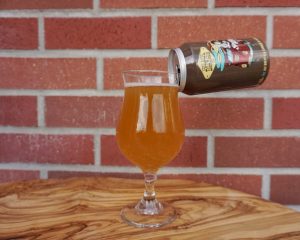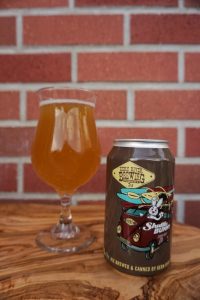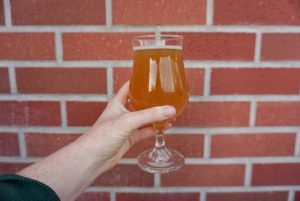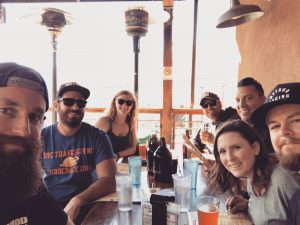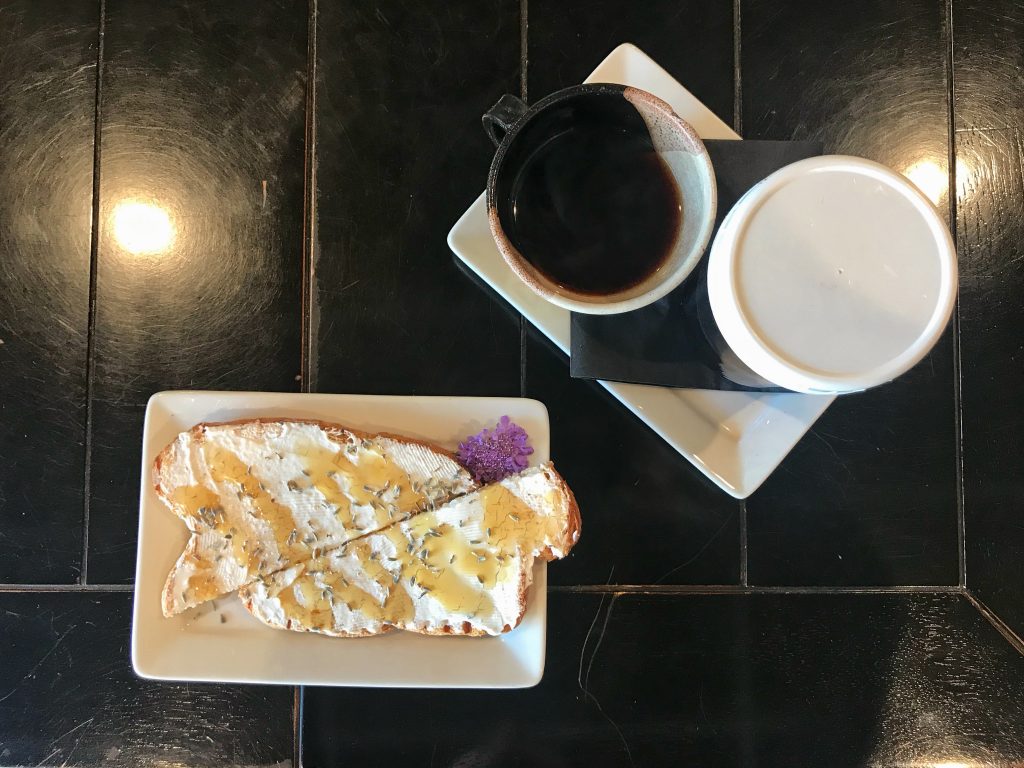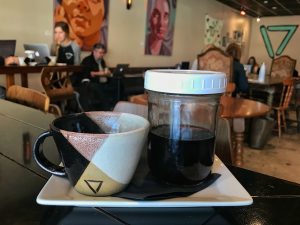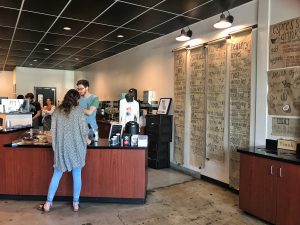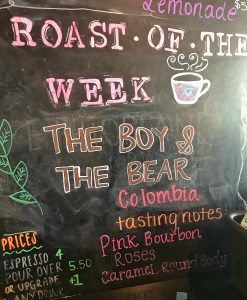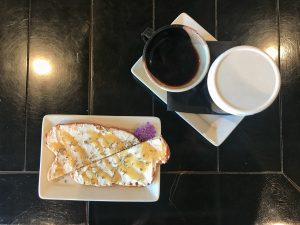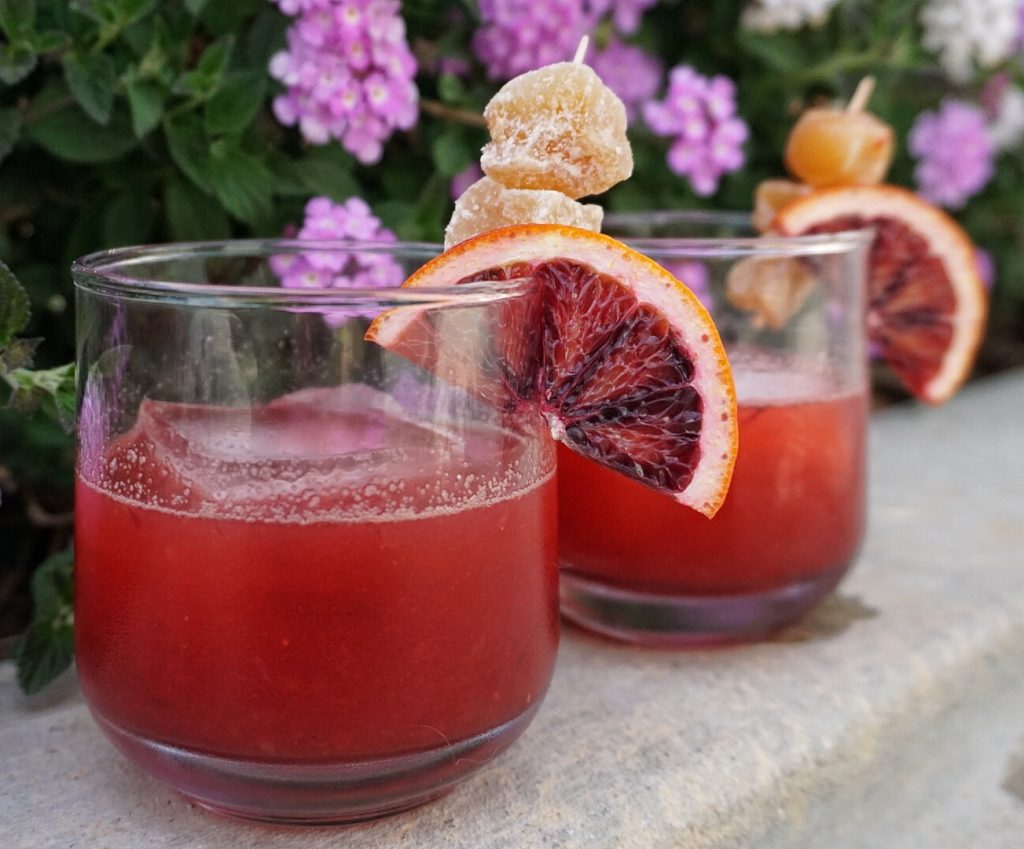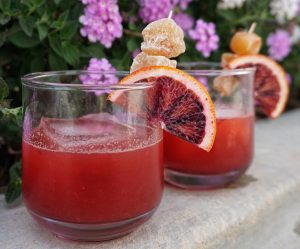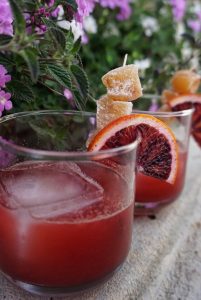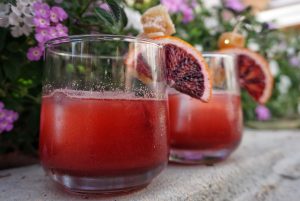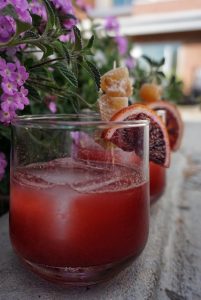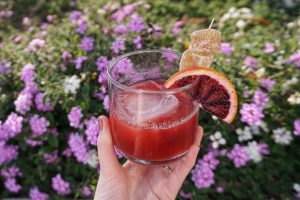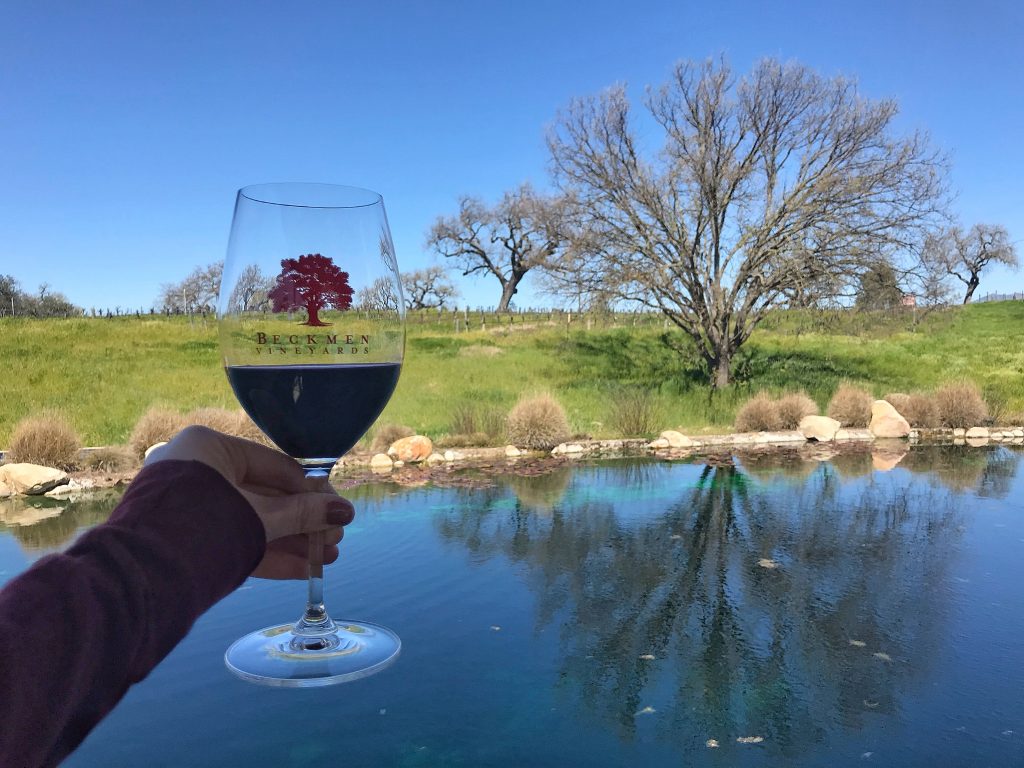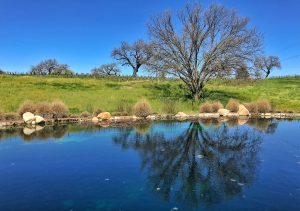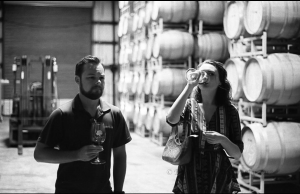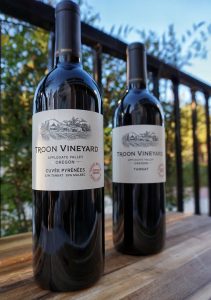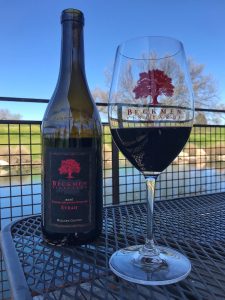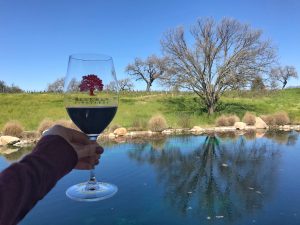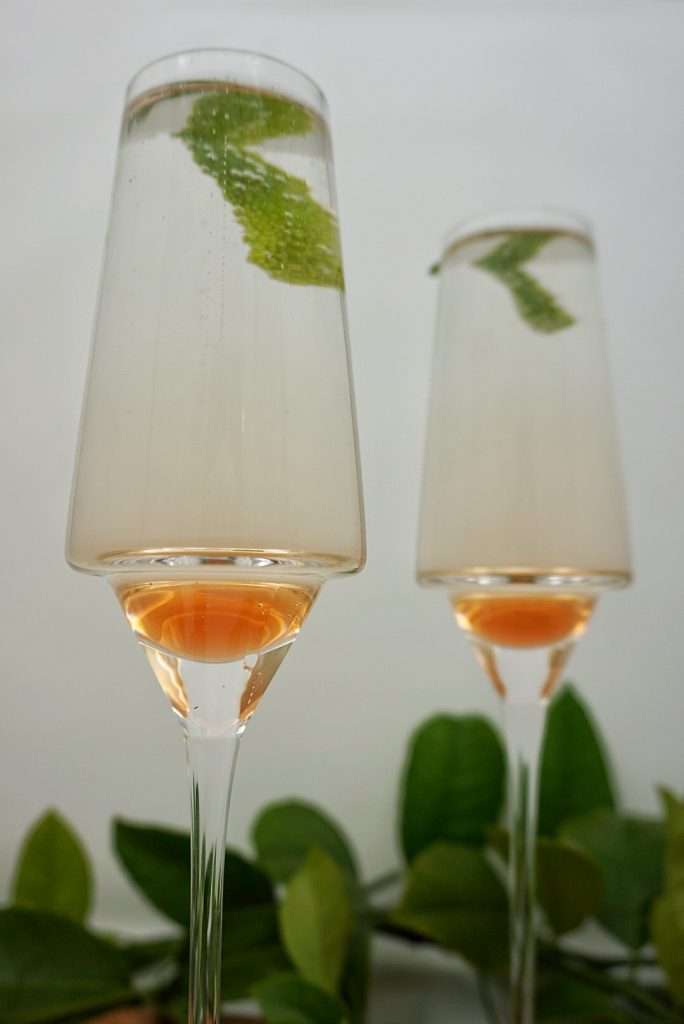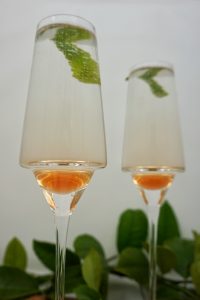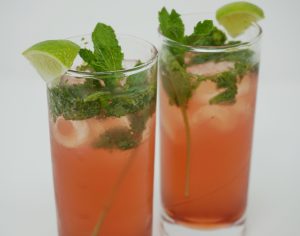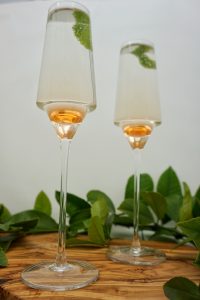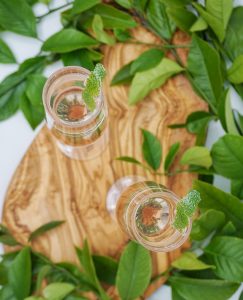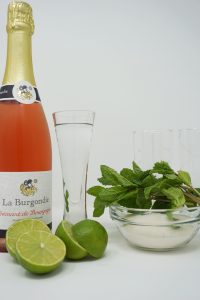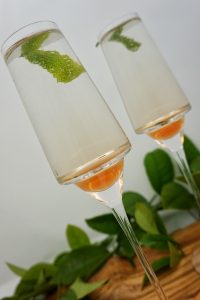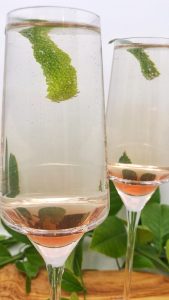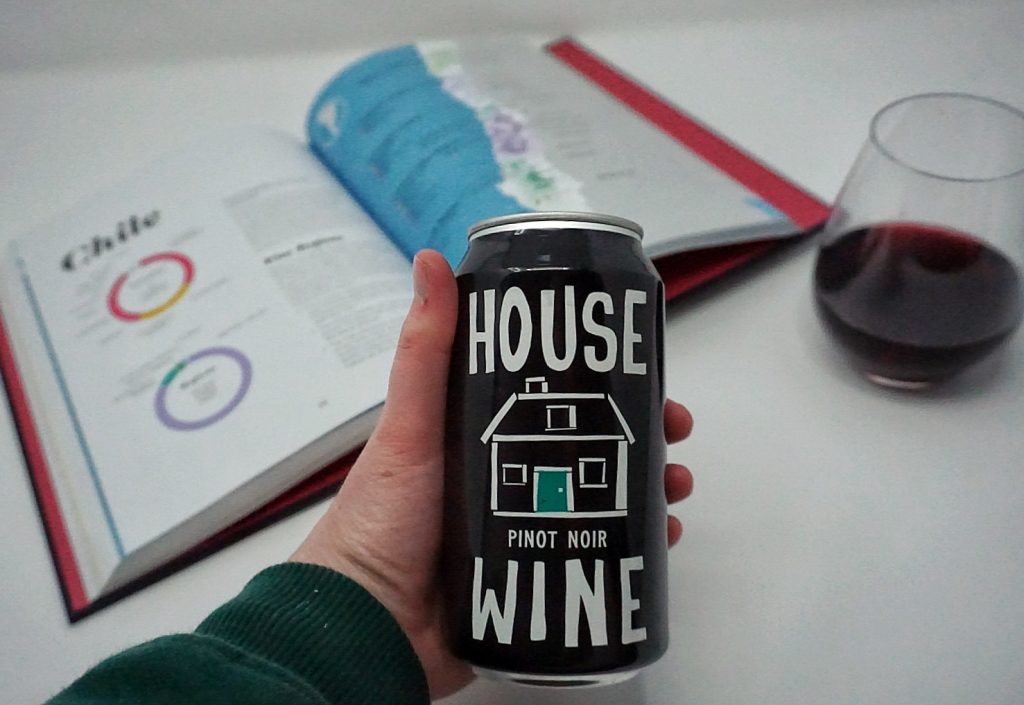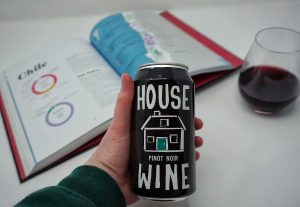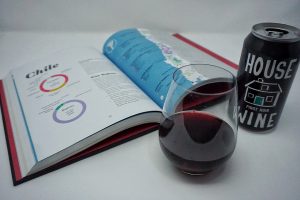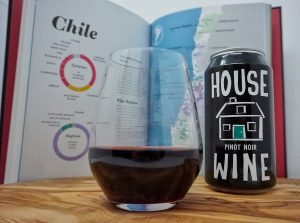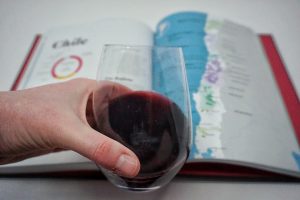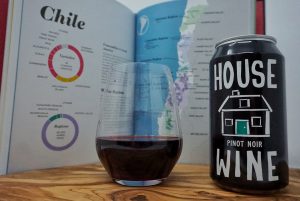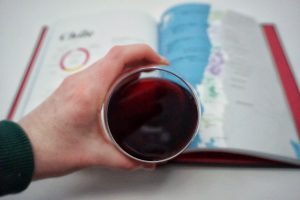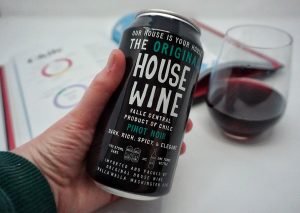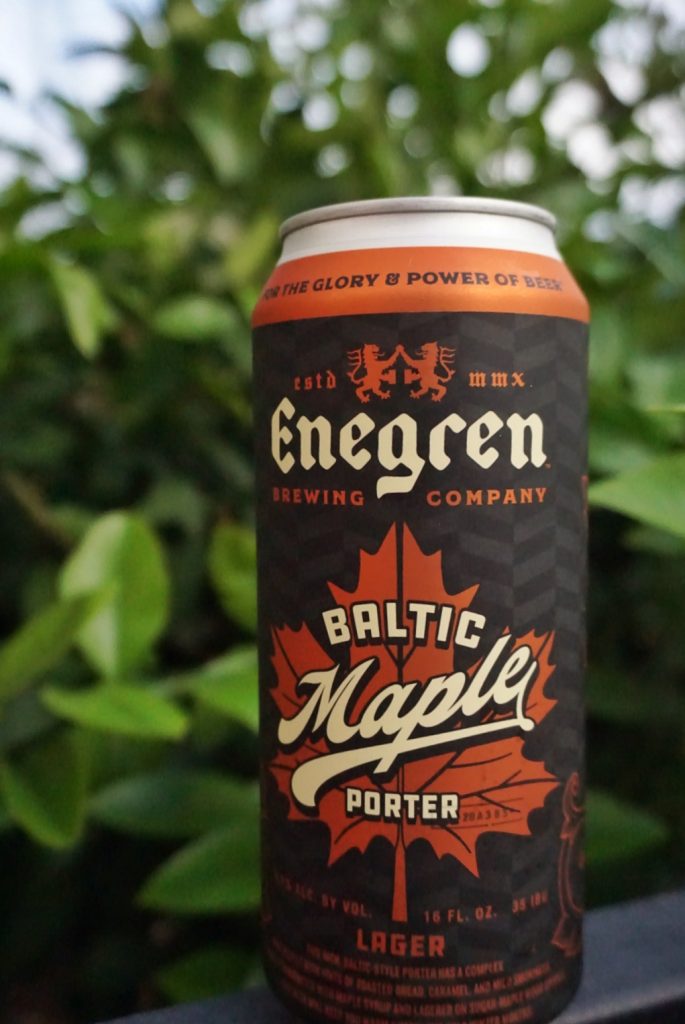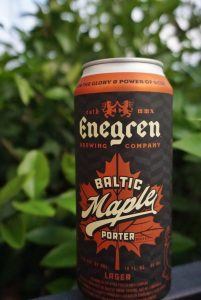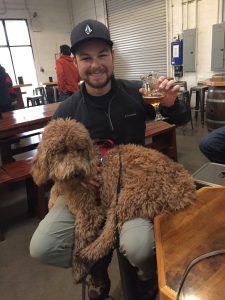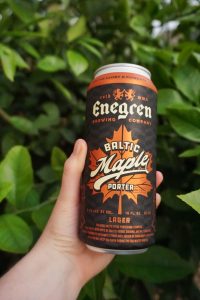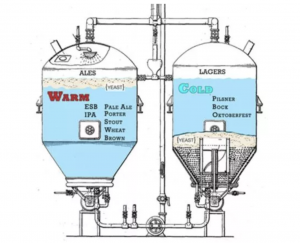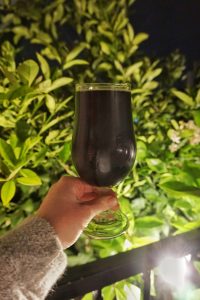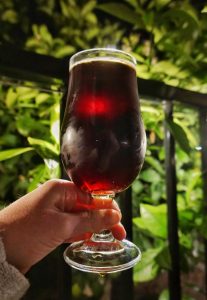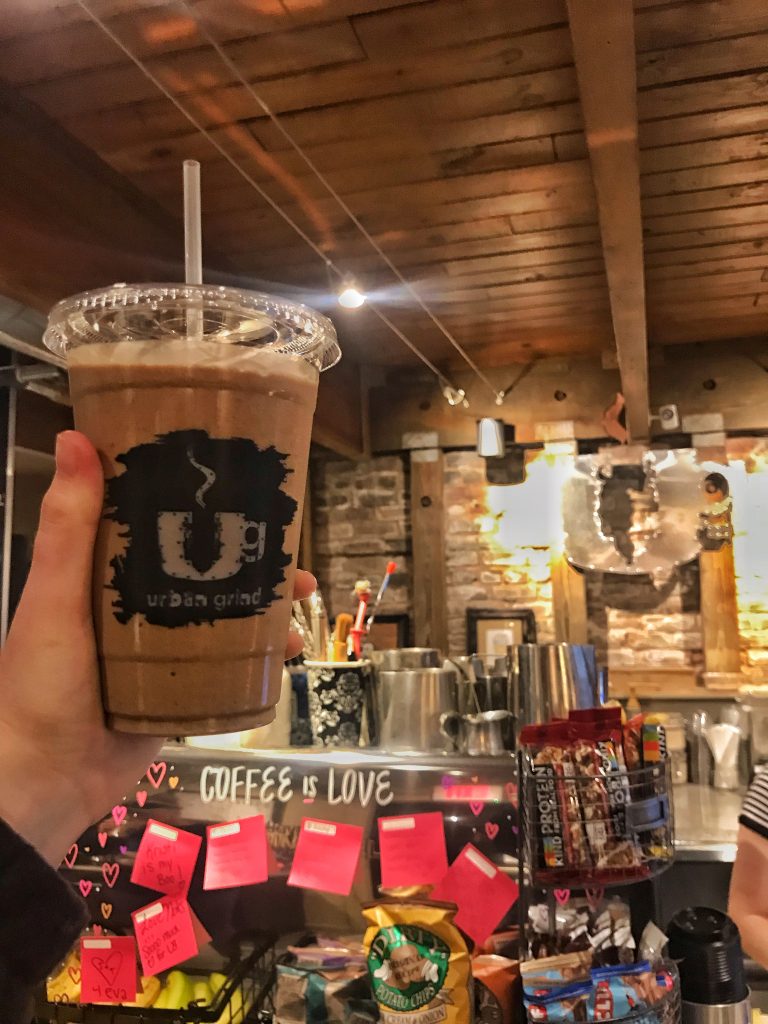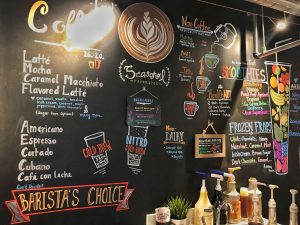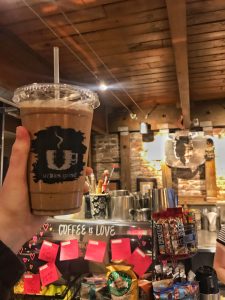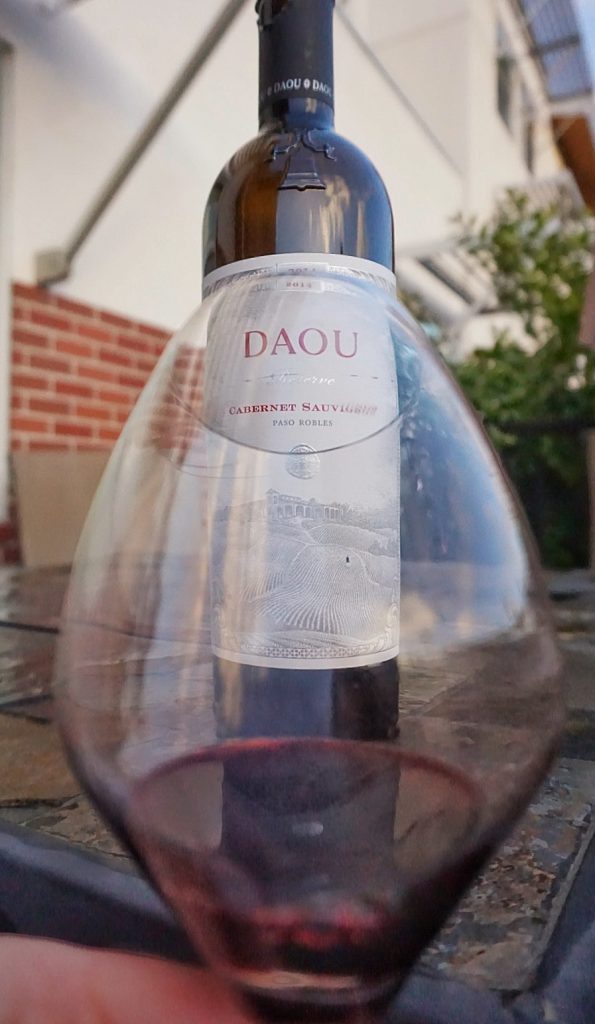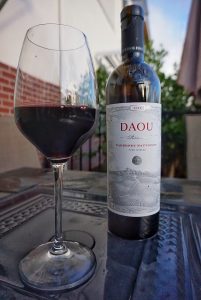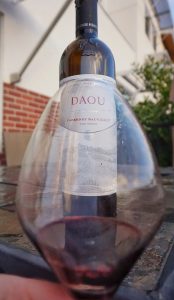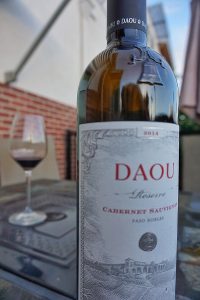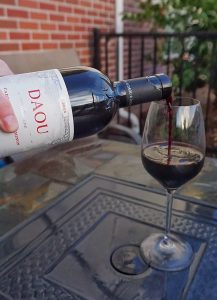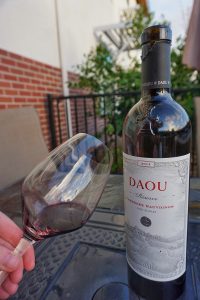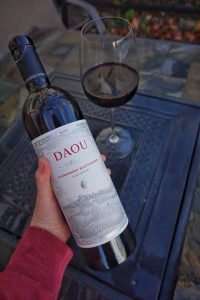Red wine comes from red grapes, white wine comes from white (green) grapes, Rosé wine comes from…pink grapes?
I don’t know about you, but I’ve never seen a pink grape in my life. So, what is it that makes Rosé the classic, mouthwatering color that it is? This week’s Sip of the Week is all about demystifying Rosé. ‘Tis the season for the refreshing pink beverage after all!
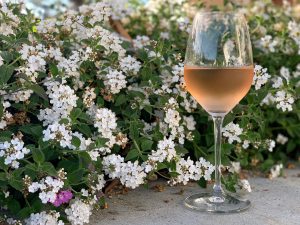
One quick side note:
Not all white wines are made from “white” grapes. I know I started the blog post off that way, but I did it because it sounded clever (and it’s probably what most people assume, anyway). I don’t want you to believe I actually think that’s the case. I know a little bit about wine after all.
Back to the point: ROSÉ!
Rosé can be made through a couple different methods.
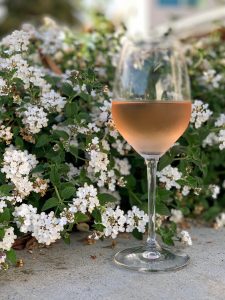
One method for making Rosé is when red grapes are macerated with their skins for fermentation, but the juice is removed after only a short amount of time. The longer the juice and skins macerate together, the darker the wine becomes. If left long enough, it would become a true red wine.
With this method, winemakers have control over not only the flavor profile of the wine (based on what type of grape they choose for the Rosé in the first place), but also over the distinct color that the wine takes on over time. Minor fluctuations may take place from year to year, but grape skins from the same varietal will produce approximately the same hue each vintage.
P.S. Not all Rosé hues are created equal…
If you’re curious, pick up a few bottles of rosé on your next grocery trip, and pour it into glasses side-by-side. You’ll see all shades of peach, coral, pink, and sometimes even orange. My most recent glass of Rosé took on a peach-y color. The flavors will differ greatly, too, but the most common Rosé flavors are those of citrus, melon, and “bright” (ripe, and sometimes even under-ripe) fruits.
A second method for making Rosé is letting the grapes ferment without skins on to produce the majority of the wine. Essentially, the base for the Rosé is a white wine. During production, the winemaker then adds a small amount of red wine to the batch of white liquid until the flavor and hue match the desired effect. Only a small amount of red wine is needed to dye a white wine pink, so typically there is only 5% or less of the red wine in the blend.
Speaking of blends…
Rosés can be labeled as “blends”, meaning a variety of types of grapes are used to make the wine, or they can be labeled as a single varietal Rosé (for example, Rosé of Grenache, or Rosé of Pinot Noir). Different countries have different requirements regarding labeling, but in the United States a wine must contain at least 75% of the varietal in order to be labeled as a single varietal wine.
A good glass of Rosé can be enjoyed year-round, but there’s something about springtime that makes me want to pop it in the fridge to be chilled.
It just feels like it fits!
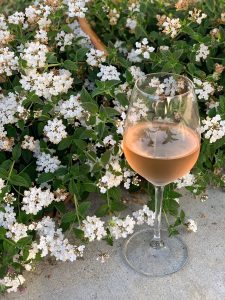
My go-to Rosé is Beckmen Vineyards Rosé of Grenache, which is bright and complex in flavor, and perfect for nearly any occasion. If you happen to find it, it’s also a pretty affordable Rosé option for the quality you get in the bottle (hello, biodynamic, small-production winery!). I recently wrote about my visit to Beckmen Vineyards, click here to check it out.

